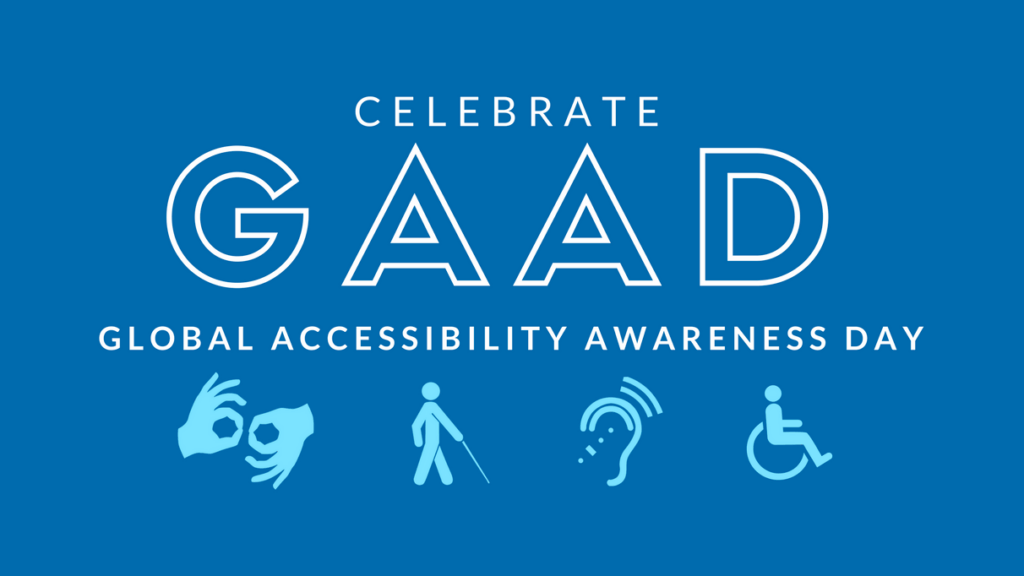Modern Microlearning
 Microlearning delivers educational content to learners in small, specific bursts and offers them flexibility and control of what they learn and when. This type of teaching is ideal for busy employees and students alike, as they can learn what they need to know as the need arises.
Microlearning delivers educational content to learners in small, specific bursts and offers them flexibility and control of what they learn and when. This type of teaching is ideal for busy employees and students alike, as they can learn what they need to know as the need arises.
- Microlearning as a concept and training tool has been around for decades. In fact, the first published use of the term was in the 1963 book, “The Economics of Human Resources,” by Hector Correa.
- It gained traction alongside the internet and has soared in popularity as tools like video were introduced to mainstream education and corporate training programs.
- The rise of devices like smartphones and learning apps have only increased the opportunity for people to learn in brief segments when, for instance, they’re commuting on a bus, standing in line at a coffee shop or waiting to pick up their kids from school.
According to a Association for Talent Development research report “Microlearning: Delivering Bite-Sized Knowledge,” 41% of survey respondents said that the top benefit to microlearning is that learners can access it when it’s convenient.
Creating Microlearning Content
Implementing microlearning provides a reusable and affordable employee training solution. Employees report positive results with microlearning, and have reported that they enjoy the microlearning process. When creating microlearning content, keep the following tips in mind:
- Keep it focused. Limit each microlearning video to one or two learning objectives. Focused videos help viewers stay engaged.
- Create quality videos. Help ensure you have a video that people will watch by keeping the camera stable, using a good microphone and integrating visual aids. Keep content crisp, clean, and limit anything extraneous.
- Keep videos short. Aim to keep your videos short. Research respondents reported that the ideal length of a microlearning segment is 10 minutes, and that segments between two and five minutes were considered the most effective length for microlearning.
- Use Video Quizzing and Analytics to your advantage. Tools like Video Quizzes and Analytics can provide instructors with insights into what’s working and what’s not, as well as where learners are struggling.
Benefits of Microlearning
Microlearning offers a range of benefits for companies and employees, particularly when integrated into a larger employee training program. Some benefits include:
Learning retention — Microlearning can improve retention. Since there’s a small amount of information, it’s more effectively processed and absorbed.
Low barrier to entry — Microlearning requires relatively little investment, particularly when you consider that videos, a top delivery method, can reach large numbers of employees and be reedited and reused as frequently as needed.
Targeted improvement — Because it’s targeted, microlearning enables students to learn just what is needed, rather than a range of information that may not be useful for the task at hand.
Device friendly — Employees can easily learn using a variety of devices, from a smartphone to a tablet, laptop or desktop computer. This makes the learning method practical for almost any situation.









